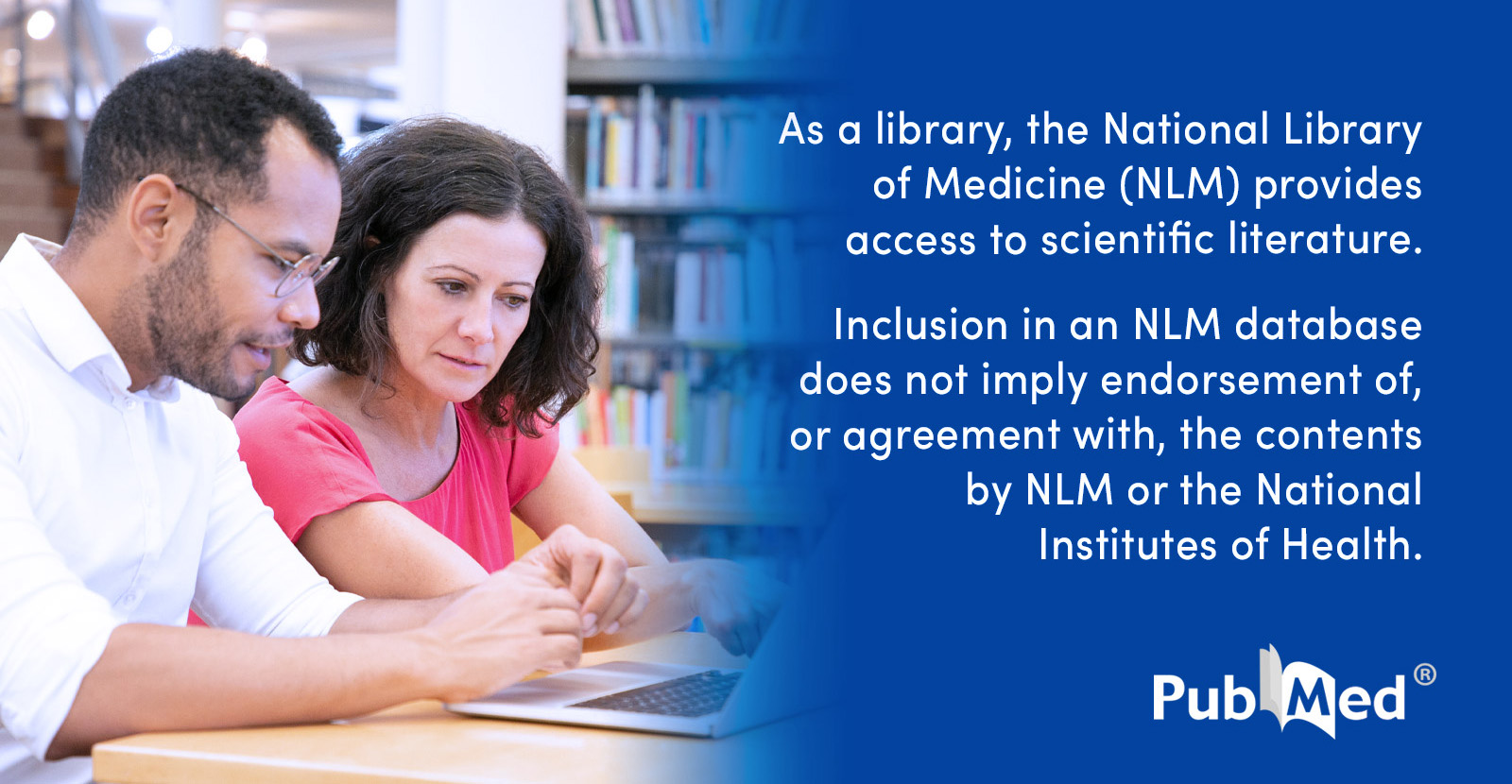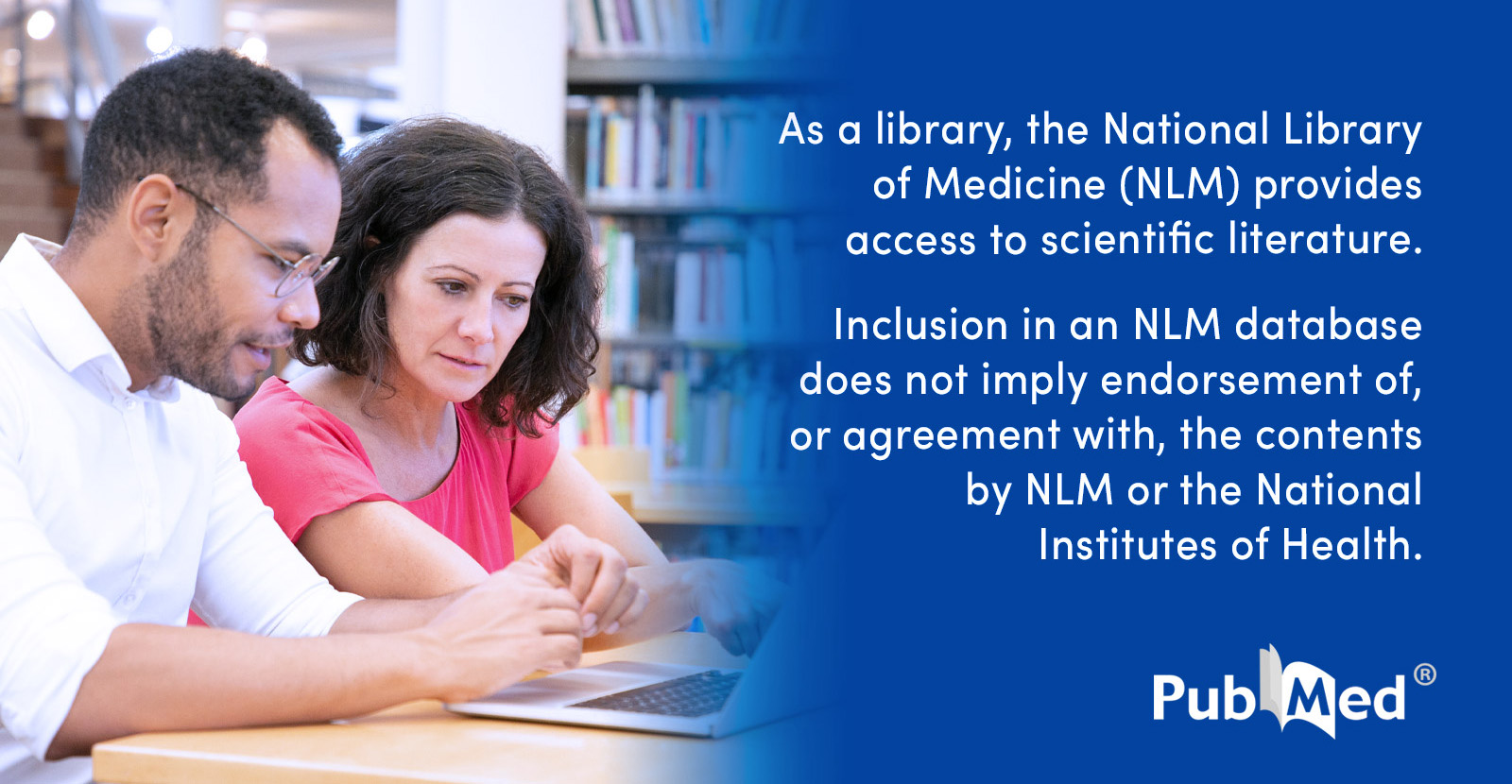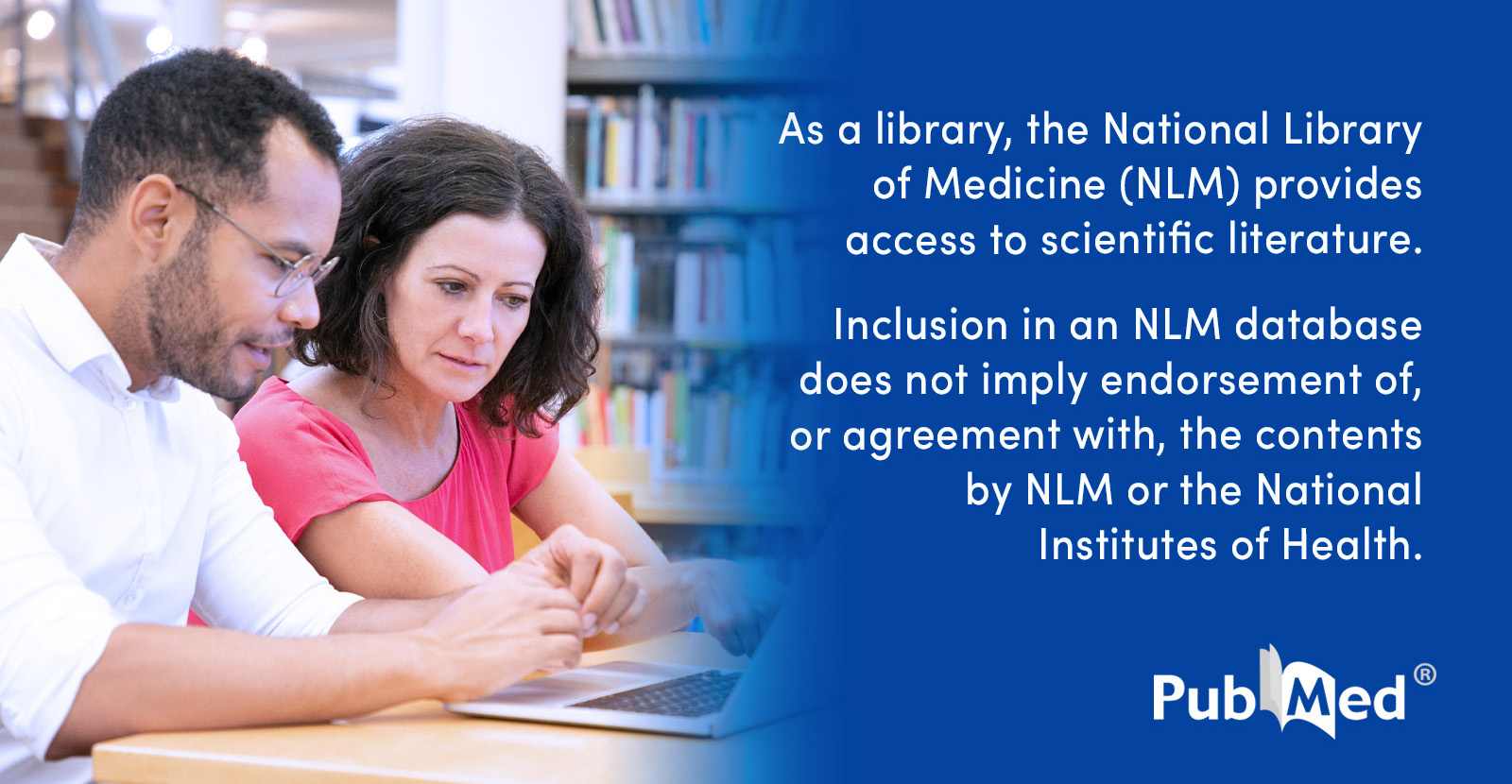
In the realm of scientific publishing, conflict of interest (COI) disclosures have become a standard and essential practice. These disclosures are intended to highlight any potential biases that may arise due to financial, personal, or professional relationships between researchers and external entities, such as corporations or funding organizations.
The concept behind COI disclosures is rooted in the commitment to maintain research integrity and public trust. When authors submit an article for publication, they are typically required to declare any associations that might influence their study’s design, findings, or interpretation. This includes grants, consulting fees, stock ownership, and other support that could be perceived as affecting objectivity.
Major journals, including those indexed in PubMed or affiliated with institutions such as the National Institutes of Health (NIH), display clear COI disclosures prominently within published papers. This transparency allows readers, reviewers, and fellow researchers to assess any possible influences on the reported outcomes and judge the credibility of the research accordingly.
While a disclosed conflict of interest does not automatically invalidate research, failing to disclose such relationships can have serious consequences, including retractions of studies and damage to the researchers’ reputations. As scrutiny over ethical standards in research continues to increase, COI disclosures remain a critical component in fostering accountability and upholding scientific standards.
In summary, conflict of interest disclosures play a pivotal role in promoting transparency and credibility in scientific literature. As the scientific community and the public alike rely on published research for evidence-based decision-making, clear and honest reporting of any potential conflicts is more important than ever.
Source: https:// – Courtesy of the original publisher.








